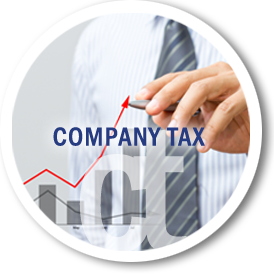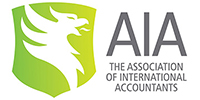Corporation Tax receipts reached a record high in the 2016-17 financial year, with a total of £56 billion collected, a 21 per cent year-on-year increase.
These record figures come despite the main rate of Corporation Tax falling from 30 per cent 2008 to 19 per cent in 2017-18.
The most obvious driver for this increased take is the growth of the UK economy, but this by no means accounts for the whole of the increase and there are some interesting factors at work.
A rise in business profitability has also impacted the tax take too, with average net profitability reaching 12.7 per cent last year. This compares with a rate of 8.8 per cent 2009, in the immediate aftermath of the financial crisis and the recession.
A significant driving force behind this has been an increase in banks’ profitability since the financial crisis, which are subject to a special bank levy.
Beyond this, there have also been significant efforts to counter avoidance globally, HM Revenue & Customs (HMRC) investigating an increasing number of cross-border deals.
A related measure which is believed also to have had an effect is the so-call Google tax, the Diverted Profits Tax, which was created to prevent firms sending profits to other jurisdictions.






